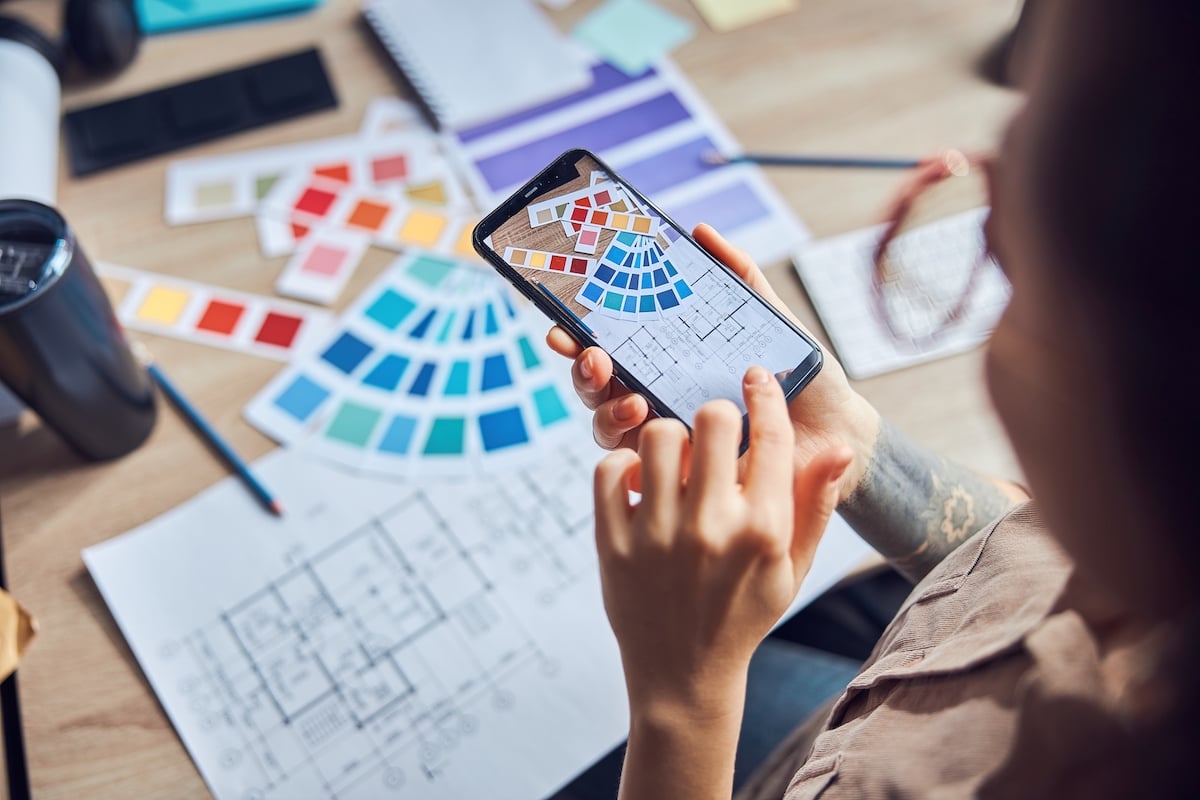
A common discussion point in the interiors industry today is the future of the workplace. What will it look like, how will it function, and what is the timeline? While it remains difficult to develop definitive answers in our ever-changing environment, one key element to consider is the comfort level of employees to actually return to the office. Without a doubt, returning to a physical workspace—for those fortunate enough to enjoy the benefit of working from home—will remain a personal decision and one that must be aided by a hybrid team of HR and design members.
Last month, one study set out to measure the sentiments of these employees, with the hopes of unlocking not just what the office may look like, but more important, the key elements needed to make employees feel confident in their decision to return. A main takeaway from this report—NELSON Worldwide’s “Evolving Workforce Expectations” study—was that employees want to see physical change. Eighty-three percent of respondents said that physical safety measures being taken in the entire workplace was very or extremely important to them. But it goes without saying that what “safety measures” means to one person may look very different to another. So we sat down with Barbara Riekse, workplace practice leader at NELSON Worldwide, and Rex Miller, author, futurist, and principle thought leader, to understand the emotion behind some of these sentiments, in an effort to help the entire interiors industry—from manufacturers to architects and designers—understand just what it will take to make our workforce feel comfortable in the future.
- Communicate, ask, act.
Riekse shared that one of the most important parts of any plan is a clear and open line of communication. As she puts it, “While it’s essential for brands to clearly communicate updates, your space must be a reflection of those sentiments and showcase a clear and immediate signal to employees that action has been taken to create a safe and welcoming environment from the very beginning. The concepts of ‘clean,’ ‘neat,’ and ‘fresh’ acted as signals for safety to many respondents.”
In fact, the study found that 81 percent of respondents said clear communication regarding what has been done to secure the space and what the new procedures will be moving forward was very or extremely important as they return.
But communication must be a two-way street and employees want to feel like they have some authority and choice in how they work. Seventy-eight percent of respondents said openness to requests for continued flexible or remote work hours was very or extremely important as they return.
- Recognize the magnitude of the situation we are facing.
Miller’s research suggests that COVID-19 cannot be treated like a onetime event but instead as a mass disaster that includes stages of healing and grief. When looking at back-to-work plans, he encourages employers to stop trying to predict what the future will be like and instead, role out plans and adapt after employees have had a chance to react to them.
He adds, “We need to help organizations understand the scale of challenges they are facing. We can’t just go back to work. A lot of companies are trying to make decisions about the future, and we are advising not to. Go slow and make decisions as you go. What’s more, most companies have underestimated how much additional management support will be needed to support remote.”
Miller shared a recent Gallop study he read that stated that nearly 80 percent of managers are not wired to serve in the coaching capacity needed to support the right-brained, emotional elements of the workplace. Therefore, he also predicts an impending middle management crisis that must be planned for and addressed.
- Don’t forget the progress we’ve made as an industry.
Riekse reminds us to remember the strides we’ve taken as an industry and ensure that the importance of safety is mirrored in conjunction with the need for growth. As she puts it, “In recent years, amenities have become an imperative perk to differentiate employee experience, but the rise of COVID-19 has shifted behaviors and the role of the workplace. The traditional definition of amenities will start to expand to include more lifestyle and virtual perks, such as apps that track not only symptoms but holistic wellness, commute-status trackers, branded food delivery services, etc. Employees are looking for that supportive culture no matter where they’re physically working.”
At the end of the day, a successful workplace will do a great job of balancing the old with the new . . . and give us time to adjust accordingly. So while both Miller and Riekse spoke often of Maslow’s hierarchy of needs, Riekse reminds us, “People want to return to the office, but in a nebulous, ‘someday’ scenario. By returning to the basic needs of Maslow’s hierarchy, remembering that the need for safety and security has moved to the forefront of our minds, we can move forward with an environment that’s comfortable for all.”
This article originally was published in Bellow Press and was reposted here with permissions.
Amanda Schneider is President of ThinkLab, the research division of SANDOW. At ThinkLab, we combine SANDOW Media’s incredible reach to the architecture and design community through brands like Interior Design Media, Metropolis, and Material Bank with proven market research techniques to uncover relevant trends and opportunities for the design industry. Join in to explore what’s next at thinklab.design/join-in.

